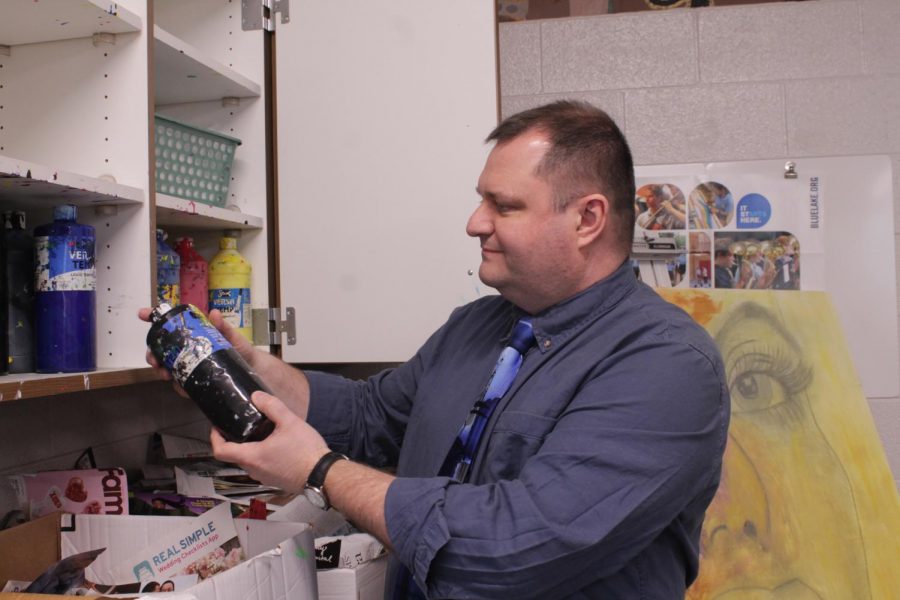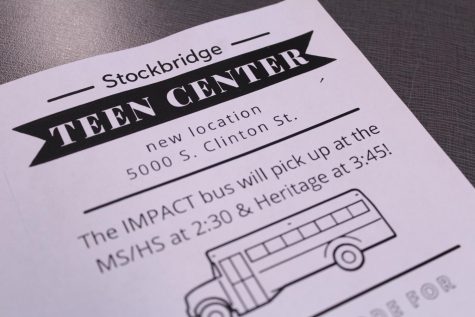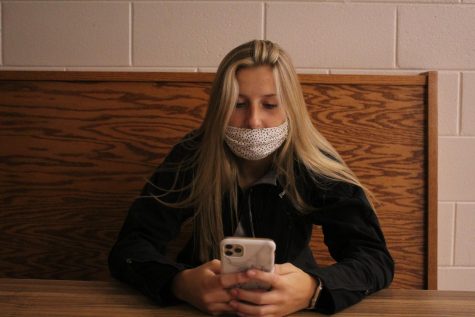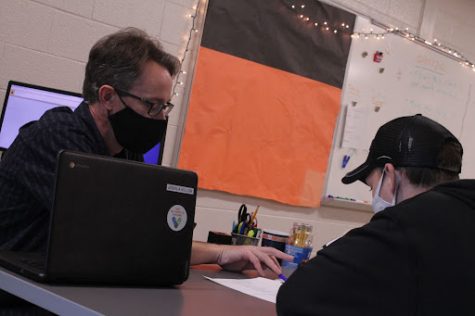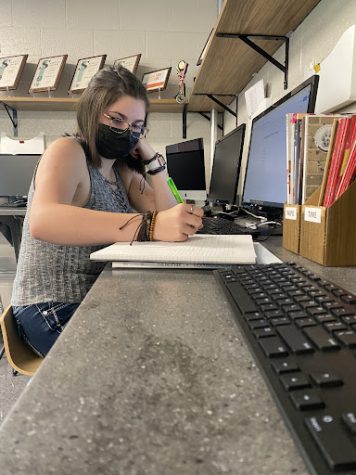Schools funding, not enough
When small, rural schools do not have the funding necessary for classes and supplies, students suffer the consequences and teachers are left to stretch the budget.
Teachers have to cover several classes and multiple grade levels and most don’t obtain an efficient amount of funding to buy supplies for their classes.
“I can fund almost everything I need for my classroom through PTO money and school provided supplies,” eighth–grade math and AP calculus teacher Lissa Avis said. “I may spend about $25-50 out of pocket beyond what the PTO and school provide.” Because Avis is a middle school teacher, she gets funds from the PTO. High school teachers do not.
The district does provide a dollar amount per teacher and funding to each department.
“The funding per teacher has dipped from $100 when I started 20 years ago to $40 now,” Avis said.
A teacher poll revealed that 13.6 percent of building teachers spend at least $200 annually. Some even answered a high of $2,000. The rest of the expenses laid somewhere between $50 and $2,000.
Electives educators like art teacher Jay Langone, choir teacher Carol Hatch and band teacher Patty Pniewski are even required to travel back and forth between the elementary and jr./sr. high schools each school day.
The budget seems tight with teachers pitching in from their own pockets and working difficult schedules.
School funds come from taxes, and as a district made of three small villages, the funding base does not cover all expenses for teaching and learning.
Those who teach subjects like art, music or even math cannot afford to have all of the supplies like new paint, instruments or even up-to-date math books in more advanced subjects like precalculus and calculus.
Teachers are encouraged to consider asking for grants through the Stockbridge Area Education Foundation (SAEF) that will support additional needs that go outside of their department budgets.
“Grants have even been matched 50/50 with the district,” superintendent Karl Heidrich said. “The SAEF has been very supportive. The PTO has also been very supportive.”
Teachers may see even more relief with the recent funding proposal from the Governor Gretchen Whitmer that includes an incentive for teacher reimbursement.
In a press release about the 2020 budget the governor announced that it is “focused on education and championing students through strategic investments at every stage of their education.”
Her proposal includes $15.4 billion for the state’s K-12 schools, with $507 million in additional investments for a weighted foundation. This increase will provide additional resources of between $120 and $180 per pupil to fund basic classroom and operational expenses.
The increase will also “continue to close the equity gap between schools at the minimum and maximum foundation allowances, bringing the gap down to $478 per student,” as stated in her budget plans.
As for teacher out-of-pocket expenses, MLive reported on February 6 that the governor’s proposal includes $25 million to reimburse teachers for out-of-pocket supply costs.
“There is no other job in the world in any industry industry that I can think of where the employee has to pay for materials that the employer should provide,” shop teacher Wesley Perry said.



